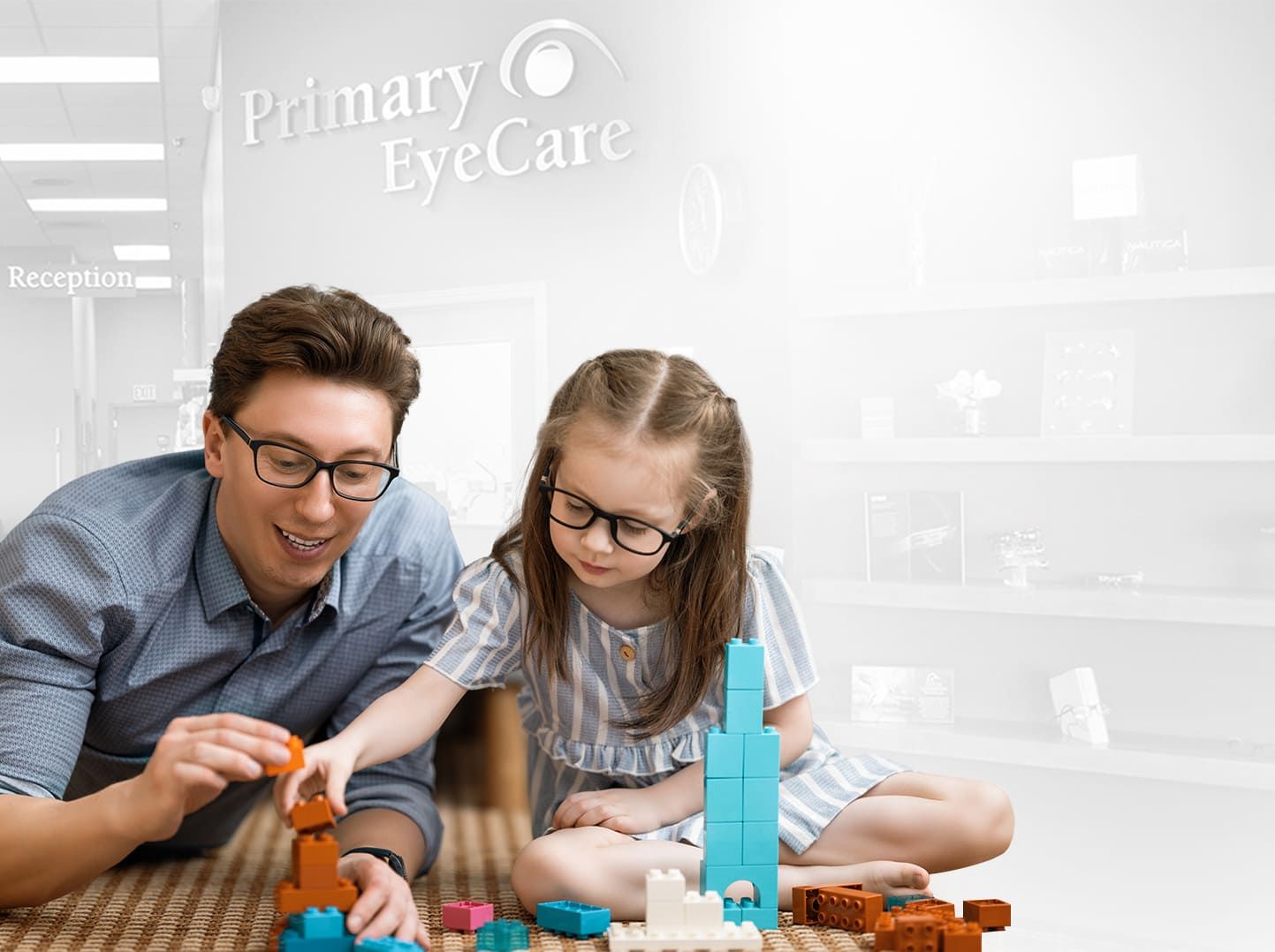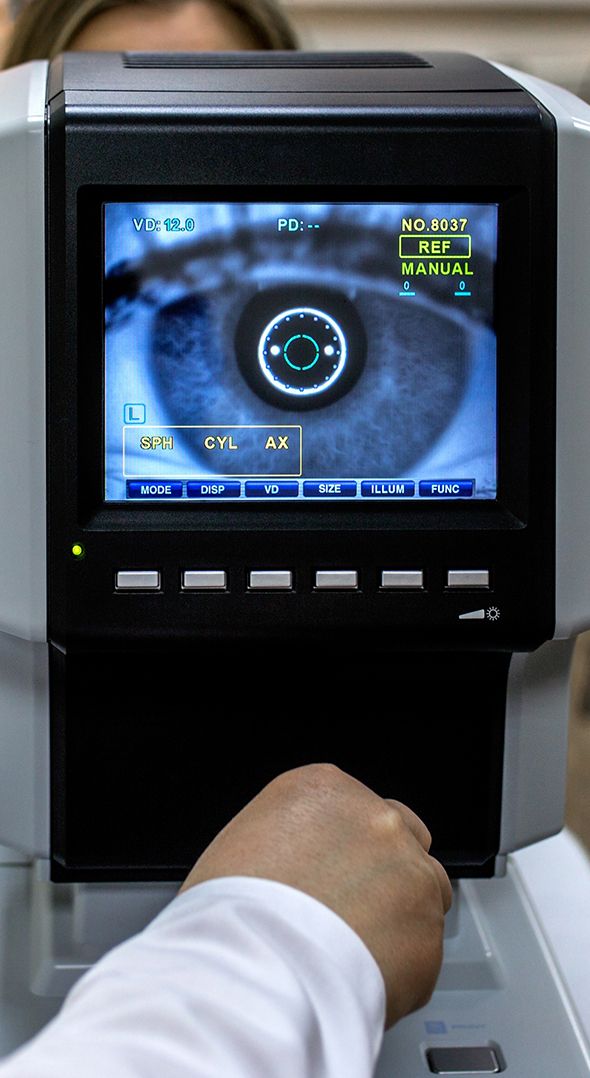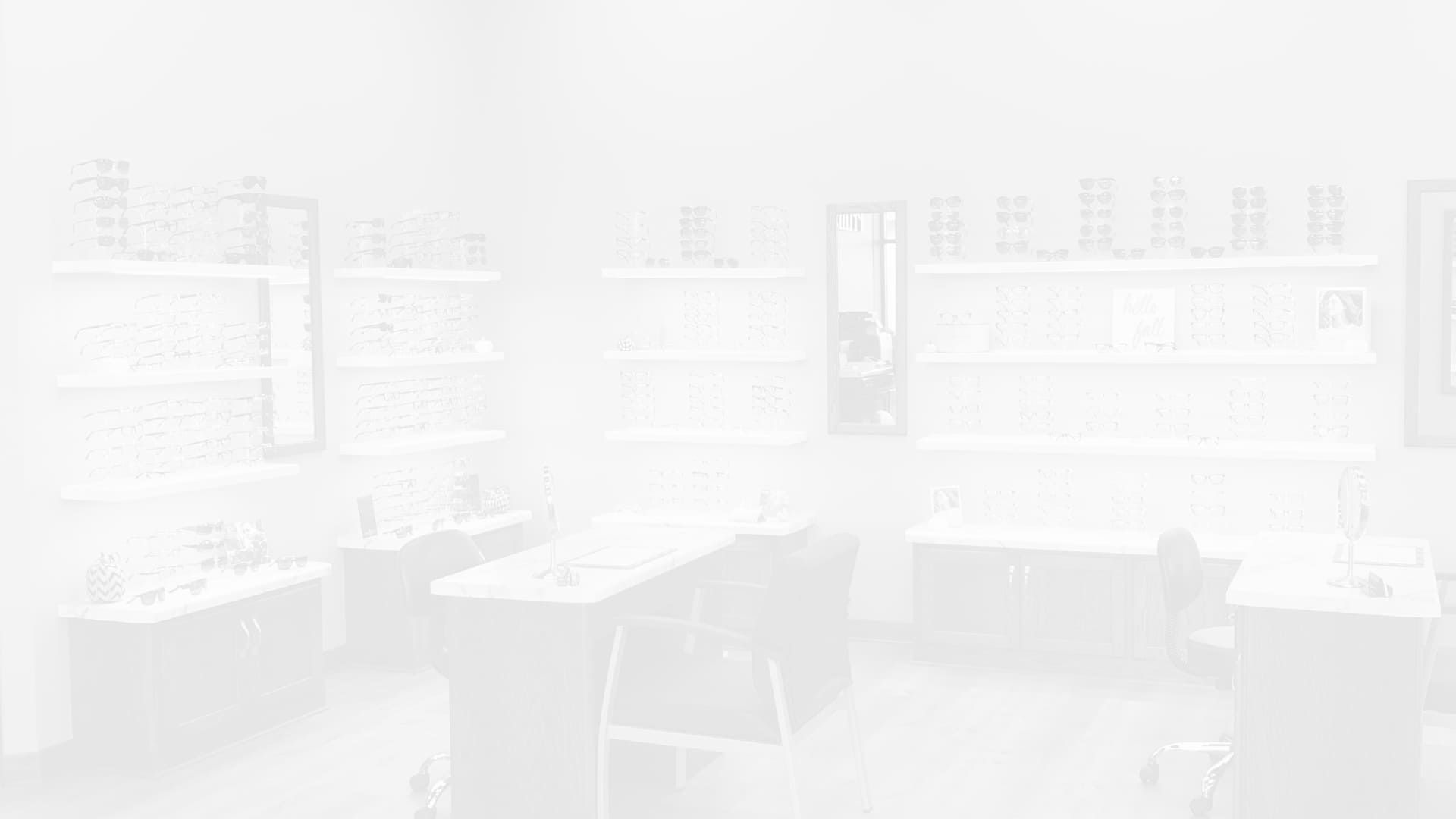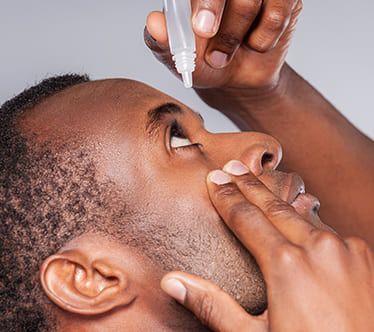HERO
WELCOME

Welcome to Primary EyeCare
Primary EyeCare connects patients with a full spectrum of eye care and vision health services. We specialize in eye health, vision, and eye disease diagnosis and treatment.

SERVICES
MEET THE TEAM
BRANDS
Top Brands
Insurances We Carry
CONTACT

Interested in Our
Services ?
Request an appointment with this form to schedule a time with our professional staff!


































